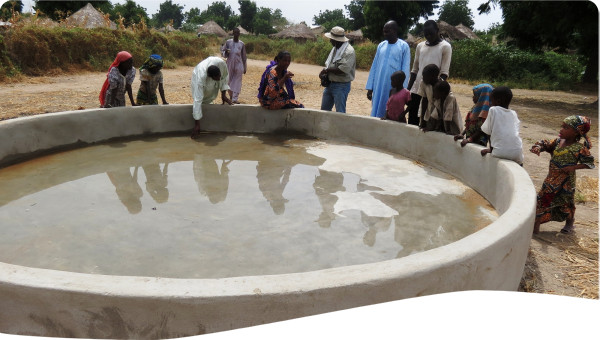Collecting and managing data related to water resources is a shared responsibility by various organisations. These monitoring and evaluation bodies are found at different levels (national, regional, basin, local) may undertake a limited or extensive range of monitoring and evaluation activities, depending on their mandates and capacities (Bureau of Meteorology, 2017). The extent of their involvement may also be mandated by law or be discretionary. Often, these monitoring and evaluation institutions are public institutions, but private sector, research institutions, civil society organisation or other non-governmental organisations also produce or hold relevant data.
The type of monitoring and evaluation bodies and related institutional arrangements vary from country to country. An initial list of potential data producers and holders is provided below (adapted from INBO and UNESCO (2018)):
- The Ministry in charge of water resources management (Tool B3.02) or basin organisations (Tool B3.04), which usually manage data related to water cadastres and infrastructure inventories;
- Meteorological services, which are the main producers of meteorological data (see WMO (2015) for information on the role and operation of National Meteorological and Hydrological Services);
- Hydrological services, which are the main producers of hydrometric data;
- Environmental organisations or health-related institutions, which are often involved in the production of water quality data;
- Geological and mining institutions producing data on groundwater;
- The Ministry in charge of the energy sector/ dam managers etc, who often hold date on water uses for energy production;
- The Ministry in charge of agriculture/ irrigation system managers, which usually hold data on water uses for agricultural purposes;
- Statistics institutes, which collect data and statistics socio-economic variables;
- Geographic institutes, which usually produce topographic and geographic information;
- Other actors such as industries/ businesses, who may produce and hold data on various indicators relevant to their operations, including data on water use/ discharge etc.
- Civil society organisations/ individuals, who may collect in a more or less systematic way data on different indicators related to water resources management;
- When a monitoring and evaluation body is set up in relation to a specific project it can take the form of what is known as Impact Assessment Committees (Tool B1.04);
Many of the above institutions often operate at different levels (local, sub-national regional, national) and data production and use may be dispersed between different in-house department or services (INBO and UNESCO, 2018).
 Tool -
Tool -


